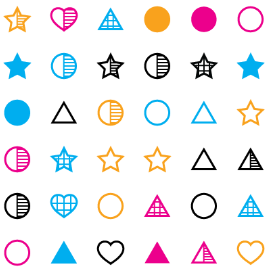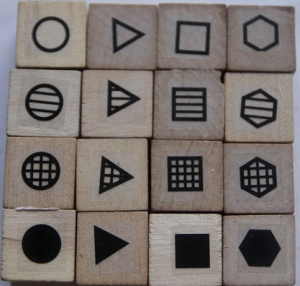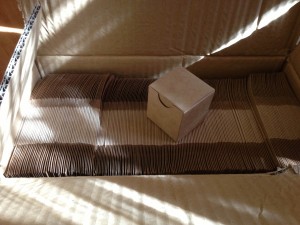This post is well overdo and I’ve been away from the blog for a while. Better late than never.
The Kickstarter was a wild ride. We raised over $22,000 in 40 days and almost 500 people backed the project, most of whom we didn’t know! While I could go into what we did for publicity (cross-campaign promotion is great), the practices we learned (more frequent updates are apparently expected, though I usually think an email more than once a week is spam), or what we could have been doing more of (it worked really well in a classroom setting), I’m instead going to talk a bit about the emotional aspect of running a Kickstarter, at least for us.
Anyone who has done or is planning to do a Kickstarter has likely heard about the slow middle. In short, expect the middle section of your campaign to be crawling, where you have to actively be shouting about what you’re doing for anyone to hear or care. Well, we got into the beginning of our second week, experienced some cross-promotion (thanks, Primo aka Prime Climb!) and had our second biggest day of funding to that point after the launch day (several thousand in a day). Slow middle? Yeah right! We were rocking it!
And this is how the rollercoaster goes. After that wave of hype fizzled, we were dead in the water. A couple backers a day, a few days we might have had nothing, and after that insane day it felt awful. My guess? Expectation. Watching the money just pour in the door is one of the most surreal feelings I’ve had. Replying to backers with thank-yous as they came in amidst fits of smiling and wide-eyed surprise/lack of ability to respond emotionally to what was happening, that really big and successful day was pretty draining (read: I was not prepared for it). It was also insanely gratifying and uplifting and validating. But three days later I had come down from the high, was experiencing the tiniest amount of traffic, and wondering if we’d fund at all (of course, as the money rolled in we were jumping up and down talking about how we’d fund next week).
Ours was only a moderate case. We did not get millions of viewers (or even tens of thousands) but I can only imagine what that must be like.
The lesson learned? Take each day as it comes, try not to set expectations except when they’re useful for making decisions, and don’t get too attached to what’s happening today because it most likely won’t last. Keep to the work and make better things because you love doing it.



 jump in rows/cols where each move shares 2 attributes
jump in rows/cols where each move shares 2 attributes


